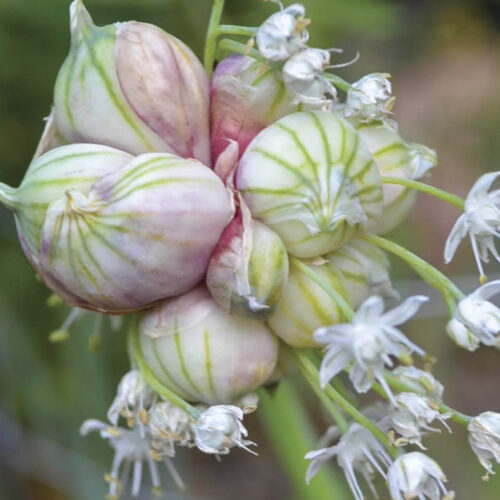Grow your own lettuces
2016-02-04T22:39:00+11:00
Forget about buying bagged lettuce says PENNY WOODWARD, have go at growing your own.
You should never be without lettuce to add to your salads. Forget about buying bagged lettuce, have go at growing your own.
With the ongoing recall of bagged lettuce because of a salmonella scare, now would be the perfect time to grow your own. If you immediately think of the ubiquitous plain green hearting types like icebergs, then think again. Don’t get me wrong, I love a good crisp hearting lettuce but there are some much more beautiful lettuces out there. They are red and yellow and spotted and bitter and sweet and curled and smooth. They are also fast growing and versatile. You can grow them in pots and hanging baskets, use them to fill an empty spot as slower growing crops develop or grow them as a border in an ornamental garden bed. With the variety available you should never be without lettuce to add to your salads. At this time of year with some very hot days still to come, you will also need to provide shade.
These diverse salad plants do best in a humus rich soil that is well drained. If you are planting in a pot use a really good potting mix, or a cheaper one to which you add some coir (coconut fibre) and compost at the ratio of 2:1:1. If you are planting in the ground you don’t need the coir unless the soil is very sandy, but you will need to add well-rotted manure and/or compost, half a barrow load to each square metre. Dig in well and smooth over the surface ready for planting either seed or seedlings. Lettuces do best in slightly acid soils with a pH of about 6.
Lettuces are annuals that grow easily from seed but it is much quicker to get a crop that you can start to harvest in only a couple of weeks by purchasing seedlings. If you go this way, make sure they are new and young, don’t purchase a tired old punnet with over-grown plants as they will just go straight to seed after planting. Always plant seedlings in the cool of the day, and at this time of year you will need to shade plants. A simple frame with some shade cloth over the top, held on with clips or pegs is all you need.
If you want to grow from seed, then sow seed in rows about 30cm apart, and cover with only a very thin layer of fine soil. Water gently and keep moist until the plants are well established. Again you’ll need to provide shade. Seed will not germinate once temperatures reach 30°C and optimum germination is 10°- 20°C. You may also need to put a netting screen over the top to protect them from birds. When the seedlings are a few centimeters high you can start thinning to about 25cm between plants. Eat the thinnings.
Lettuce like sun for about half the day in summer, preferably morning sun. In colder weather they tolerate more sunlight. Most lettuces dislike really hot conditions, especially when it is combined with high humidity. If you want to grow lettuce in the middle of summer, then as I’ve said, grow it in a shady position. Mulch the soil with pea or lucerne straw or sugar cane mulch to make sure that lettuces never dry out, or the leaves will be bitter. Water with seaweed emulsion and fish emulsion or weed tea or worm juice or liquid compost every couple of weeks. In warm humid regions don’t over water as this can cause rotting and wilting.
The term bolting is used to describe what a plant does when it starts to produce flower heads and go to seed, usually before we want it to. With lettuces and other leafy salad plants, it is the leaf we want to use. So we grow types that are slow to bolt.
From seed to harvest is about 25 days for mini-salad types, and 40-75 days for hearting types. Non-hearting types of lettuce can be harvested as soon as they have a few large leaves.
Some of the lettuces worth planting at this time of year are the leafy types which are the most heat tolerant and probably the easiest to grow. They grow as an open clump of leaves and don’t form a head. Harvest over a long period, pick individual leaves whenever needed, this is known as ‘cut and come again’. Try ‘Australian Yellow Leaf’, ‘Buttercrunch’, ’Flame’, ‘Goldrush’ ,’Lollo Rossa’ and ’Royal Oakleaf’. These are all relatively heat tolerant. The Cos or Romaine types have crisp, juicy, sweet leaves and are also very hardy and bolt resistant. You can harvest outside leaves over a long period, or the whole lettuce. And don’t forget the other salad plants like rocket, mustard, chicory, endive and even common weeds growing in your garden, like dandelions and purslane. There’s an excellent article in the current edition of Organic Gardener (Mar/April 2016) all about wild harvesting common weeds.






